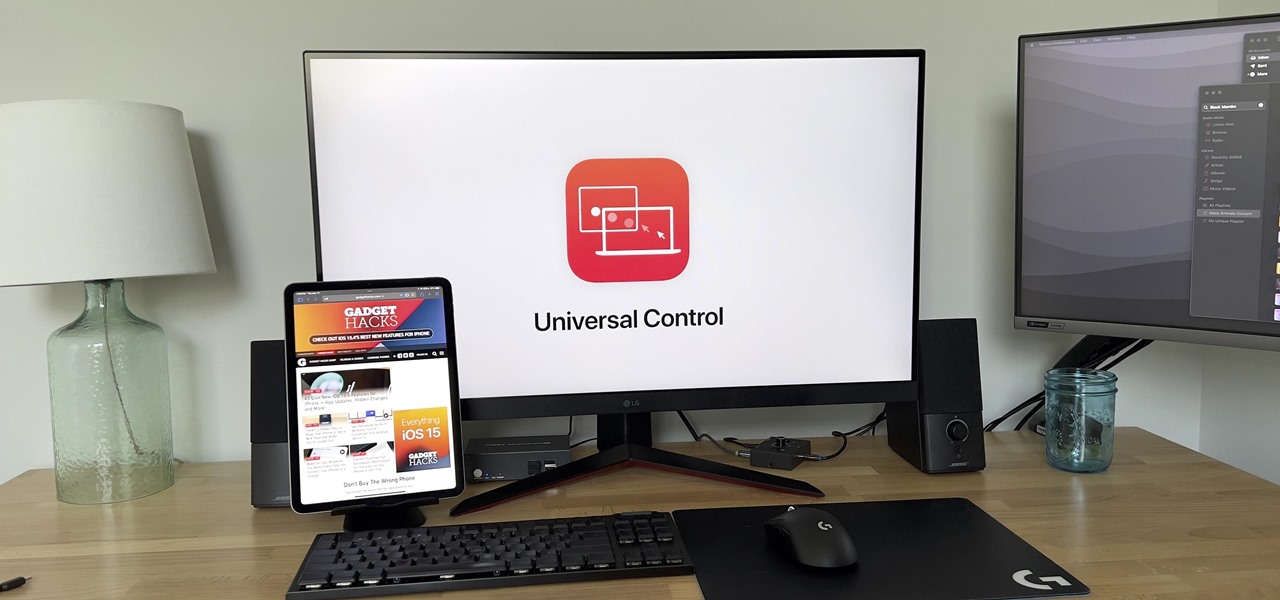How to Pick a Motherboard for Your Windows Gaming PC
Gaming PCs
The motherboard is the backbone of any gaming PC. Choosing a low-end motherboard could limit the performance of your other high-end components. But, with so many options available, selecting the right one can be difficult. Here are the key factors to remember when choosing a motherboard for your gaming rig.
1 Check Socket Compatibility With Your CPU Model
The CPU socket is where your processor connects to the motherboard and must match your CPU’s socket type. If the socket on your motherboard doesn’t align with the processor you plan to use, it simply won’t fit. Therefore, you should check beforehand which socket your CPU requires when selecting a motherboard.
Different brands, like Intel and AMD, have their own socket types, each supporting specific CPUs. For example, Intel processors use sockets like LGA 1700 or LGA 1200, which are not interchangeable. If you have an Intel CPU designed for an LGA 1700 socket, it won’t work with a motherboard using an LGA 1200 socket.
I recommend choosing a motherboard with a socket that supports the latest generation of CPUs. This lets you easily upgrade without the need to replace the entire motherboard.
2 Choose the Appropriate Form Factor for Your Build
The form factor determines the size, layout, and number of component slots on a motherboard. The three common types are ATX, Micro-ATX, and Mini-ITX. If you’re building a high-performance gaming PC with multiple graphics or expansion cards, ATX is the best choice, as it’s the most common and offers the most expansion slots.
For smaller, space-saving builds, Micro-ATX or Mini-ITX can work. However, they are more compact, with fewer slots. While Micro-ATX can still support a full gaming setup, Mini-ITX offers limited expansion options and fewer slots for RAM and graphics cards. Be cautious of these limitations if you plan on upgrading in the future.
3 Assess Memory Support and Compatibility
When considering memory for your motherboard, three key factors stand out: RAM type, maximum capacity, and potential for future upgrades. The current generation of gaming motherboards use DDR5, though motherboards that use DDR4 are still quite common. Though DDR5 offers better speeds, bandwidth, and power efficiency, DDR4 is more budget-friendly and widely supported. Just be aware that a motherboard that supports DDR4 isn’t likely to support the latest processors.
For gaming, 16GB of RAM is a minimum, with 32GB being ideal if you multitask while gaming. Ensure the motherboard supports 32GB or more to prevent slowdowns. Look for at least four memory slots, so you can start with fewer modules and upgrade later. To ensure optimal data transfer, aim for dual-channel or quad-channel configurations.
Additionally, if you plan to overclock your RAM, ensure the motherboard supports XMP profiles (for Intel) or DOCP profiles (for AMD).
4 Explore Available Storage Options
Don’t overlook storage options to ensure you have enough capacity and speed for your games, applications, and data. Choose a motherboard with at least one M.2 slot that supports NVMe SSDs, as they offer extremely fast data transfer rates. If you plan on using additional SSDs, select a motherboard with multiple M.2 slots, ideal ones that support PCIe 4.0 or even PCIe 5.0. NVMe storage has only been dropping in price, and you may very well find yourself itching to add more at some point in your PC’s future.
For SATA SSDs and HDDs, ensure your motherboard has enough SATA ports to accommodate whatever storage plans you might have—anywhere four to eight SATA ports are commonly found on motherboards.
This lets you handle future upgrades without replacing the entire board or relying on workarounds, like adding a SATA expansion card later if you need more ports.
5 Consider the Number and Type of Expansion Slots
Expansion slots allow you to add components like GPUs, storage drives, and Wi-Fi or sound cards to your PC. Make sure the motherboard you choose has at least one full-length PCIe x16 slot for maximum data transfer rates and more than one if you plan on using multiple GPUs or expanding with additional cards. The PCIe generation also matters.
I recommend going for PCIe 4.0 at a minimum, which offers twice the bandwidth of PCIe 3.0, to ensure that you don’t limit your system’s performance. To future-proof your build, consider a motherboard that supports PCIe 5.0, although PCIe 4.0 is sufficient for most needs.
If you have older hardware, look for a motherboard with legacy PCI slots. However, legacy PCI slots are becoming less common, and there is a good chance you’ll encounter problems running PCI hardware on modern operating systems.
6 Understand the Features of the Chipset
Ensure that the motherboard chipset is compatible with your CPU model and generation. For Intel CPUs, common chipsets include Z790, B760, or H770, while AMD CPUs use X670, B650, or A620 chipsets. If you’re a gamer who frequently overclocks your CPU, I recommend opting for a Z-series chipset for Intel or X670/B650 for AMD, as these support overclocking.
Chipsets also control important aspects like PCIe lanes, which impact the number of expansion slots, maximum memory support, data transfer speeds, USB ports, and storage options. Therefore, take the time to research which chipset is best suited for your build based on the other components you’re planning to install on your PC.
7 Review Connectivity Options and Port Availability
Your motherboard should offer various ports to connect your peripherals and accessories easily. It should have several USB ports, including USB 3.2 Gen 1 or Gen 2, multiple USB Type-A ports, and at least one or two USB-C ports to support modern devices. Also, ensure it includes a high-speed Ethernet port (2.5Gbps or 10Gbps) for a faster wired connection.
Your motherboard should support Wi-Fi 6 for better wireless connectivity, which provides faster speeds and lower latency. If you use Bluetooth accessories, ensure they have built-in Bluetooth 5.0 support. If you’re going to use a CPU with an integrated GPU, the motherboard should feature HDMI, DisplayPort, Thunderbolt, or DVI outputs.
8 On-Board Audio Quality and User-Friendly BIOS Interface
Although onboard audio isn’t an ideal option, selecting a gaming motherboard with built-in audio can be a useful bonus when external speakers or headphones aren’t available or connected to your computer. While higher-quality audio chipsets like the Realtek ALC1220 are not necessary, they improve the overall value of your motherboard if included.
Although it’s not a primary concern, having a motherboard with a user-friendly BIOS/UEFI interface makes it easier to adjust settings, overclock the CPU and memory, update firmware, and perform other tasks. When selecting a motherboard, stick to reputable brands like ASUS, MSI, or Gigabyte, as their models are reliable and durable.
Along with the factors mentioned, choose a motherboard from a manufacturer with good warranty coverage. Additionally, make sure to clearly define your needs before shopping for a motherboard to avoid overspending on a high-end motherboard you don’t need or skimping on important features you might regret missing later.




















